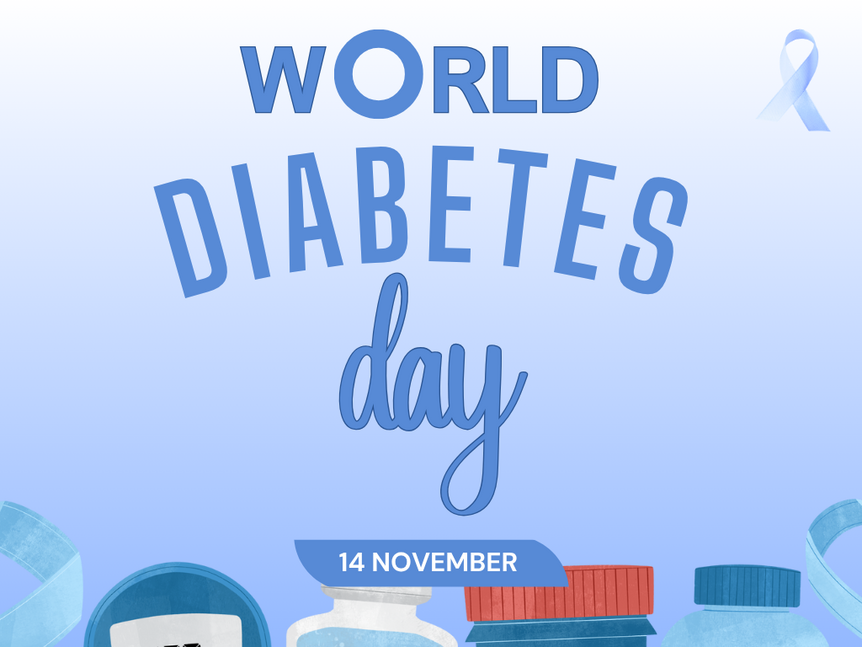Mission Statement SHIFT2HEALTH
In the European Union almost 18% of all employees (which is equivalent to almost 34 Mio employees) were working shifts in 2020. The numbers between countries differ considerably with percentages ranging from 6% up to 40%.
There is evidence that disruption of the circadian system caused by night-shift work results not only in a misalignment between the circadian system and the external light-dark cycle, but also in a state of internal desynchronization between various levels of the circadian system.
Working rotating night shifts is associated with increased BMI and higher risk of becoming overweight and obese. Shift worker are also more likely to develop abdominal obesity and non-communicable diseases such as cardiovascular disease, metabolic syndrome and Type 2 diabetes mellitus.
Unhealthy food choices (snacking, increased sugar intake, preferences for spicy and sweet-fatty foods) combined with a decrease in consumption of vegetables and fruits were reported for this group, which are likely the main causes for becoming overweight and obese. The underlying mechanisms for these changed eating habits remain to be resolved.
The SHIFT2HEALTH project aims to develop nutritional and behavioural strategies for people with high risk of obesity caused by circadian disruption.
The strategies developed are based on an advanced understanding of:
- the underlying biological pathways, particularly regarding the microbiome, metabolic health and inflammation
- the identification of pre-obesity biomarkers,
- the expectations, wishes and needs of shift workers
To achieve these aims, SHIFT2HEALTH is set up as a 5-year project, solving necessary bottlenecks such as a comprehensive understanding of biological pathways, identification of pre-obesity biomarkers, analysing obesity stigma, stress, work-life balance and circadian rhythm disruption, setting up pilots to assess the effectiveness of obesity management strategies or developing recommendations and guidelines for what constitutes an appropriate healthy diet for different age and health groups.


















